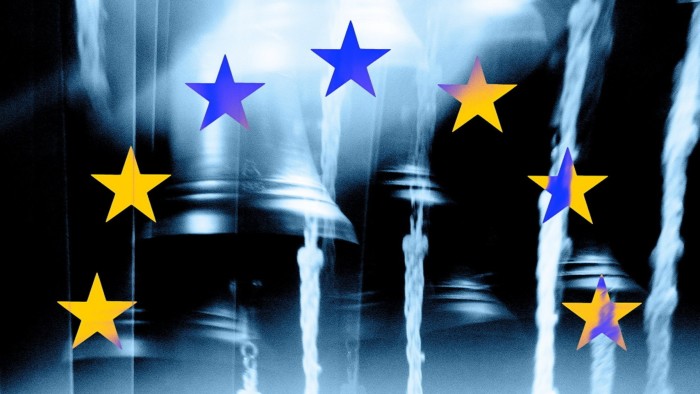Unlock the Editor’s Digest for free
Roula Khalaf, Editor of the FT, selects her favourite stories in this weekly newsletter.
Flows into actively managed funds have outpaced those for their passive rivals for the first time in 20 months as asset managers attracted their largest product sales for almost three years.
Europe-domiciled active funds garnered €33.1bn of inflows in October, surpassing the €29.2bn won by passive funds, according to Morningstar data, excluding money market funds and funds of funds.
Active fund flows had lagged passive funds each month since March 2023. The last quarterly period of superior flows for active funds was in the last quarter of 2021.
The improvement reflected a pick-up in client demand for both bond and equity funds, according to the data.
This article was previously published by Ignites Europe, a title owned by the FT Group.
Amin Rajan, chief executive of Create-Research, an asset management consultancy, said: “Active funds have been gaining ground as markets have been unusually volatile and creating unusual price anomalies, which active managers are better placed to harvest.”
Valerio Baselli, senior international editor at Morningstar, said the rise of active products “proves that there is still room for active managers, especially in some asset classes [such as] the bond universe”.
Active fixed-income funds attracted €34.1bn, while active equity funds had inflows of €3.4bn, marking their second positive monthly net sales of the year, Morningstar data showed.
Rajan said: “Fixed income has been less amenable to passive investing, where the required data on benchmarks and products are less widely available. Thus passives have made far less inroads into fixed income compared to equities.”
Baselli added that although exchange traded funds were “slowly gaining ground”, the fixed-income universe remained dominated by active asset managers as bond fund investors continued to “pick active funds over passive in most cases”.
But he said the figures did not suggest a sign of “a long-term recovery for active funds”, particularly in relation to the relatively low level of inflows to equity funds.
By contrast, Philip Kalus, managing director at Acolin Intelligence, an asset management consultancy, said the trend was not a “one-off” but a “continuation”, adding that he expected demand for active strategies to last.
He said the trend began in the first quarter of 2024 when active outflows “slowed significantly” and “picked up pace” in the second quarter.
“Most investors were largely on the sidelines in 2023 and started to get active again with more emphasis on potential alpha, less beta and in sectors which haven’t been much in favour in recent years,” said Kalus.
Nordea and BlackRock were among the best-selling active fund firms in October, with inflows to their active products totalling €6.3bn and €4.9bn, respectively, largely driven by demand for equity products.
Aegon and Pimco were the best-selling managers of active fixed-income products, with respective inflows of €3.3bn and €2.6bn to these funds.
Overall European mutual funds and ETFs gathered inflows of €62.3bn in October, up from €41bn in September, and the highest level since December 2021, Morningstar data showed.
Fixed-income funds continued to be the best-selling asset class overall, drawing in net flows of €41.5bn. Equity funds also saw improved sales, with inflows of €25.4bn in October.
By contrast, property funds experienced the largest outflows, totalling €2bn.
Abrdn was hardest hit, suffering net outflows of €2.5bn, followed by Aviva with €1.4bn and Baillie Gifford with €1.2bn.
BlackRock was the best-selling fund house overall in October, attracting net inflows of €14.3bn across active and passive products, followed by Nordea with €6.4bn.
*Ignites Europe is a news service published by FT Specialist for professionals working in the asset management industry. Trials and subscriptions are available at igniteseurope.com.
https://www.ft.com/content/e231597d-ecab-4fa7-a1e4-8679e7529c4d


